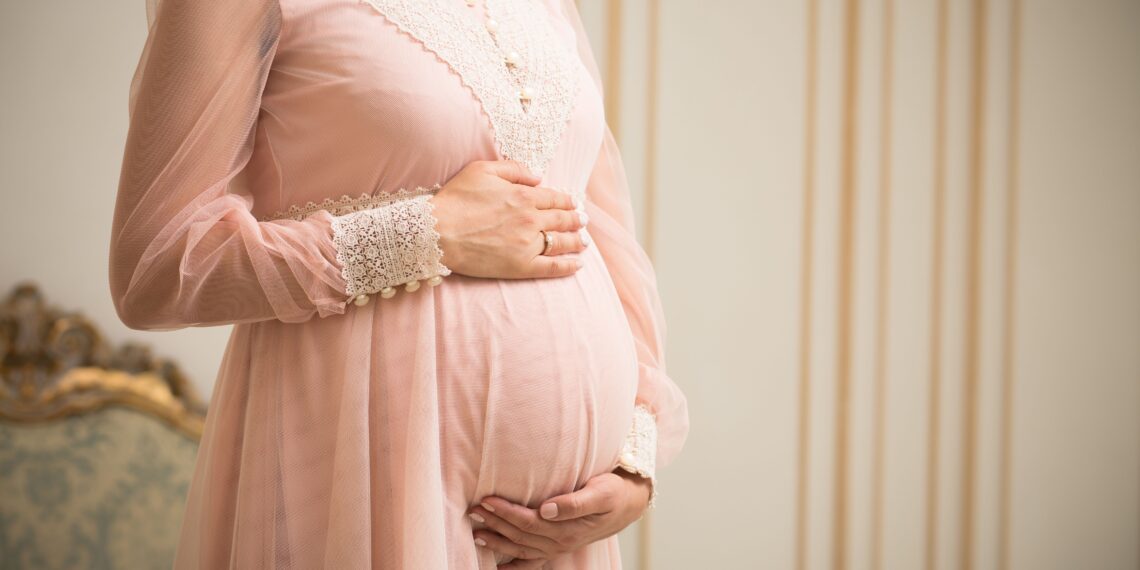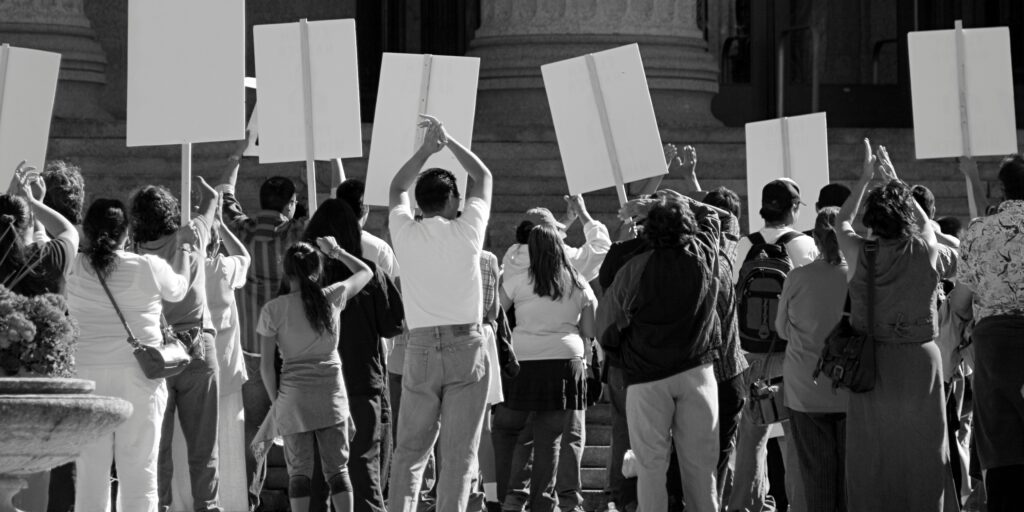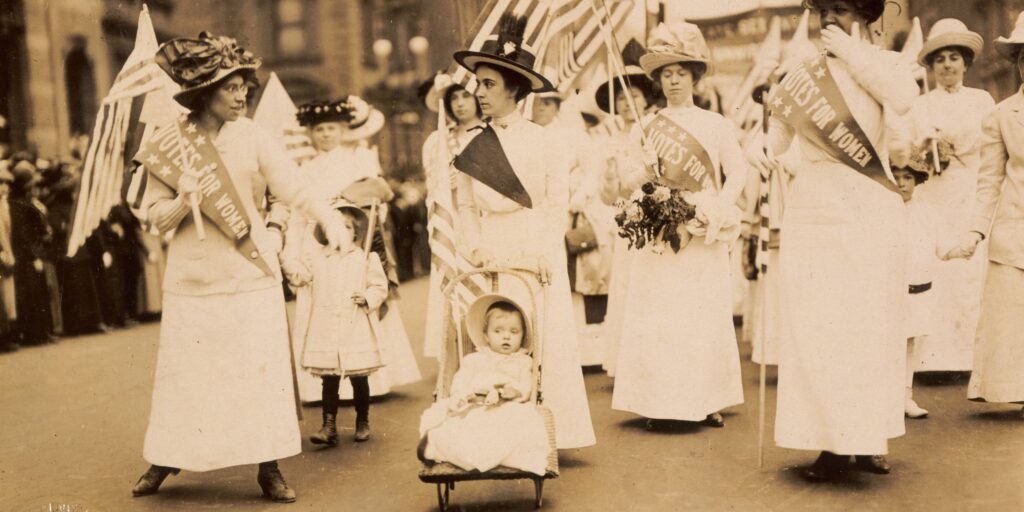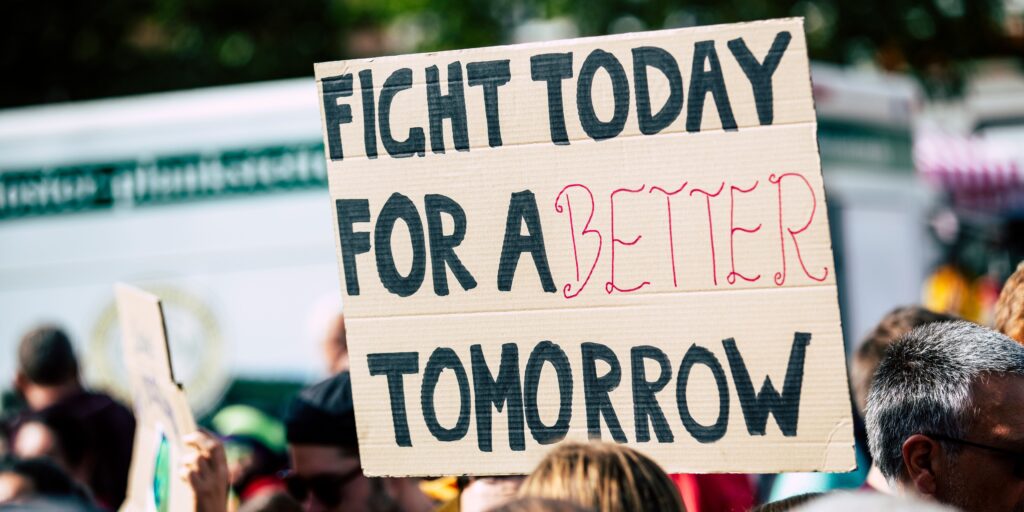
When life means life
Sean Wild looks at the seamless garment theory which may unite anti-abortion and anti-capital punishment activists in a new way.
The street is lined with people. Each end of the sidewalk is filled with protestors and counter-protestors. The issue at hand is one that each side feels passionate about. Tensions are high. Not only does pavement keep these two sides apart, but ideological differences separate them from one another: sometimes one side is even unable to perceive what the other is saying over all the shouting and slogans.
This scene has been acted out again and again throughout modern history over a wide array of issues. We see it in the battle over abortion. We see it when a death row inmate is set to be executed. We see it when it looks like America might be on the brink of another war.
When one of these issues hits the news cycle, it can often be guessed which stance each side of the political spectrum will take: “This is the left-wing position…That is the right-wing position…” An unfortunate aspect of today’s political climate is that it insists on a restricted set of opinions one can hold. Either you’re in camp A and believe all of this, or you are in camp B and believe all of that.

Despite the ever-more-polarizing political culture of our present day, however, there have been those who have found their way outside the views of whichever political party they might affiliate with. The consistent life ethic is a viewpoint that transcends the usual partisan categories.
The ethic attempts to understand and connect a variety of issues under the principle that all human life is precious. In short, it is a way of looking in a consistent manner at issues concerning life. While a more formalized version of the consistent life ethic has only really made the rounds within the last 50 years or so, the ethic’s framework and respect for the sanctity of life has been guiding the lives, politics, and activism of folks throughout history.
An early iteration of what today we would call the consistent life ethic was known as the ‘seamless garment’ worldview. The term was coined in 1971 by Catholic activist Eileen Egan and is a reference to the Christian New Testament. At the crucifixion of Jesus, guards divided up all Jesus’ clothes except for his tunic, which they chose not to tear into fragments as it was made from one seamless piece of cloth (the incident is described in the Gospel of John 19:23). Egan used this imagery to show that certain issues concerning the dignity of human life could not be separated from one another, but must be understood in tandem.
“The protection of life is a seamless garment,” wrote Egan in 1971, “You can’t protect some life and not others.”
The consistent life ethic, both the term and idea, gained more widespread attention in the 1980s thanks to numerous speeches by Joseph Cardinal Bernardin, a Catholic cardinal and archbishop of Chicago, who became a prominent figure in the American Catholic Church during that time period.
These addresses as well as a symposium on topics concerning life were eventually compiled in 1988 into a book called Consistent Ethic of Life. In an address given in 1983 at Fordham University in New York, Cardinal Bernardin stated quite directly, “Precisely because life is sacred, the taking of even one human life is a momentous event.”
Even though the consistent life ethic framework did not take form until the 1970s and ‘80s, many before that time had connected different issues concerning the inherent dignity of the human person and worked to shape the society we live in to reflect those values.
The term ‘pro-life’ is another which did not come into fashion until the ‘70s and ‘80s. However, many in the early women’s suffrage movement would be considered pro-life by today’s standards.

On the early suffragette movement, Marjorie Dannenfelser, president of the Susan B. Anthony List organization, wrote: “Many of today’s feminists see abortion as one of the touchstones of their movement. Yet many of the early leaders of the women’s suffrage movement in the U.S. believed that the rights of mother and child are inextricably linked and that the right to life and the right to vote are rooted in the inherent dignity of each human person.”
Elizabeth Cady Stanton, a pioneer of the early women’s suffrage movement, wrote: “When we consider that women are treated as property, it is degrading to women that we should treat our children as property to be disposed of as we see fit.”
Another early feminist and drafter of the original Equal Rights Amendment, Alice Paul, called abortion ‘the ultimate exploitation of women’.
Like the era of the First Wave Feminist movement in the mid-19th and early-20th centuries, the late 1960s was also a time of great change in American history. A cultural shift started to emerge. Questions of gender, sexuality, and women’s role in society became more commonly discussed; the fight for racial justice made headway into the consciousness of mainstream America; advocates for disability rights were working to make their voices and concerns heard; and many began to question the United States’ involvement in the Vietnam War.
At this time, Roe vs. Wade had not brought the abortion debate onto the national stage, so the issue was largely discussed at state level. With women’s liberation being a central topic of the era, the role of abortion was hotly debated.
Though people today may associate the 1960s feminist movement with the pro-choice side, there were actually progressives on both sides of the debate. In fact, it was not until the mid-1970s and into the 1980s, when conservative evangelicals became more interested and involved in the issue, that being pro-life (or right-to-life, as it was known at the time) became associated mainly with right-wing politics.
In an article on the history of the early pro-life movement, NPR stated: “In the decades before the (Roe v. Wade) decision, opposition to abortion was a fairly bipartisan issue.” Daniel Williams, author of the book Defenders of the Unborn: The Pro-Life Movement before Roe v. Wade, similarly found that, “the pre-Roe anti-abortion movement was filled with liberal Democrats who had supported the federal anti-poverty initiatives associated with President Franklin D. Roosevelt’s New Deal in the 1930s and President Lyndon Johnson’s social programs in the 1960s. They wanted to couple abortion restrictions with additional efforts to fight poverty and expand government-funded health care.”
Abortion was mostly illegal in the United States before the Supreme Court in 1973 decided Roe v. Wade. However, in the years prior to that decision, support for abortion’s legalization started to rise. As a result, many felt the need to take a firm stance for the rights of the unborn.
Right-to-life activists began to understand and discuss abortion as a human-rights issue. This framing helped politicians, many of who were also opposed to forms of violence such as the Vietnam War and the death penalty, to become more involved in the movement.
Mark Hatfield, for example, who served as governor of Oregon and later as a senator for that state, held a pro-life position, was against the death penalty, was an early supporter of civil rights, and, in 1966, was the only governor to vote against a resolution supporting the war in Vietnam. Still, as Williams explained: “The most visible pro-life spokespersons were…liberal antiwar activists, college students, and feminists.”
Today, the consistent life ethic and the ideas it inspires continue to develop and influence those who strive to create a world built around the dignity of life. In the present American two-party system and the polarizing dichotomy of the current political atmosphere, neither major political party holds a consistent viewpoint on the interrelated life issues.
Because of this, it is everyday citizens who are going out to fight for these important causes. As in previous generations, these activists do not wait for the politicians to act, but act on their own moral instincts, start to organize, and advocate for policies and a culture that honors the dignity of all.

Throughout the past few decades, many have dedicated themselves to this work. Groups such as the Consistent Life Network (which is made up of a multitude of organizations from around the globe), Democrats for Life of America, Feminists Choosing Life of New York, and Secular Pro-Life, just to name a few of many, have been sprouting up and actively promoting the consistent life ethic. Some groups, such as Progressive Anti-Abortion Uprising (PAAU), focus on a single issue, in this case abortion, but hold and promote a consistent life outlook.
Other groups, such as Pro-Black Pro-Life, work at the intersection of race, racism, and issues of life. Founder Cherilyn Holloway, in an interview with Gloria Purvis, said of Pro-Black Pro-Life: “We want there to be a space for you to be able to wrestle through all racial injustice, including racial injustice within the womb.”
Still other groups, such as Rehumanize International, take on an array of consistent life issues. A relatively new group is a third political party called the American Solidarity Party, which supports and promotes a consistent life politics – good news for those who may be feeling disillusioned with the inconsistent views of both the Democrats and Republicans.
Many if not all of the aforementioned groups willingly and actively work with people who have different opinions on a range of issues across the political spectrum. It has been through finding common ground on these important issues that people from all walks of life have been able to work together to advance the principles of the consistent life ethic.
The consistent life ethic may not be the majority perspective in today’s society, but maybe, just maybe, the dial is moving in its favor. In an article analyzing the complexities of capital punishment and abortion, the Washington Post found that ‘the segment of those who oppose abortion who also oppose capital punishment was 41 percent in 2021, the highest percentage on record’.
Those statistics suggest that the tides may indeed be turning. One can only hope these trends continue, and that one day we live in a world that consistently upholds the inherent dignity of all human life…from womb to tomb.
This is a slightly edited version of an article that was originally published on Rehumanize International. It is republished here with permission. For the original article, click here.
Like what you’ve read? Consider supporting the work of Adamah by making a donation and help us keep exploring life’s big (and not so big) issues!
Rehumanize International
Rehumanize International is a nonprofit human rights organization dedicated to creating a culture of peace and life, and in so doing, we seek to bring an end to all aggressive violence against humans through education, discourse, and action.

